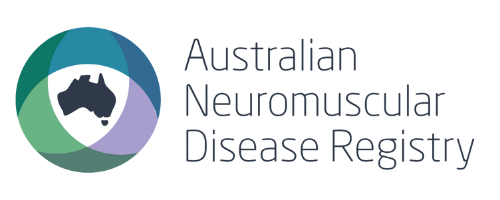Research
LGMD LITERATURE OVERVIEW – 2018-2021
There were 4 papers from the USA & Europe published between 2018-2021 relating to quality-of-life issues in people with LGMD. All were relatively small studies (46 – 134 participants), recruiting over a period of up to 6 months. No paper indicated the response rate (ie, how many people were initially approached to complete the survey/study).
The most common reported quality of life issues from all studies were:
• limitations in mobility (and requirements for mobility aids)
• difficulty performing activities of daily living (eg, toileting, grooming, personal hygiene, feeding)
• social role limitations (participating in social activities with family & friends)
• fatigue
• pain
• emotional distress.
Those with the greatest impact were:
• fatigue
• weakness
• loss of independence.
There are several validated quality of life questionnaires that have been used in these LMGD studies. They include:
• SF36
• Individualised Neuromuscular Quality of Life Questionnaire
• Epworth Sleepiness Scale
• Hamilton Depression Scale
• Krupp’s Fatigue Severity Scale
References:
Hunter M et al 2019. Limb-girdle muscular dystrophy: A perspective from adult patients on what matters most. Muscle & Nerve, 60(4): 419-424.
Jacques MF et al 2019. Quality of life in adults with muscular dystrophy. Health Quality of Life Outcomes 17(1):121
Kovalchick LV, Heatwole C et al 2021. Patient reported quality of life in limb girdle muscular dystrophy. https://doi.org/10.1016/j.nmd.2021.11.002
Peric M et al 2018. Quality of life in adult patients with limb-girdle muscular dystrophies. Acta Neurologica Belgica 118(2018) 243-250.
Featured Foundation Supporters and Partners




